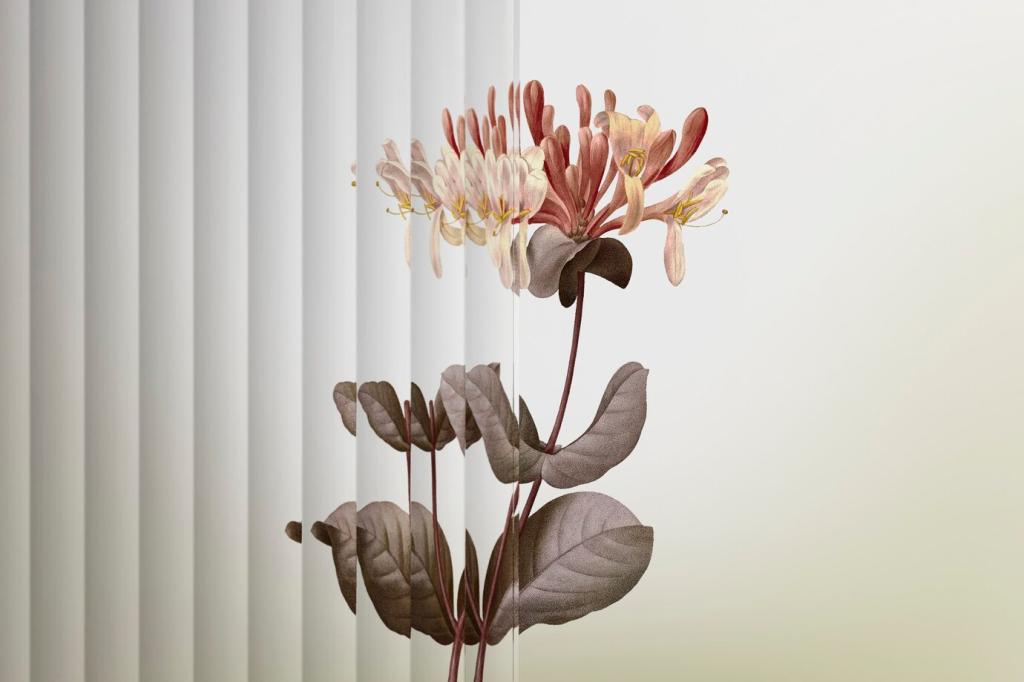Neutrals 101: Undertones, Depth, and Light
Place your paint chips against pure white paper and natural wood to reveal hidden pink, green, or yellow undertones. Photograph them morning and evening to compare shifts. Share your surprising undertone discoveries in the comments to help fellow minimalists avoid mismatches.
Neutrals 101: Undertones, Depth, and Light
LRV indicates how much light a color bounces around a space. Higher LRV neutrals open compact rooms; lower LRV adds cozy depth. Note each sample’s LRV on your board and subscribe for our quick-reference chart that simplifies side-by-side comparisons.
Neutrals 101: Undertones, Depth, and Light
Combining warm beige with cool gray can look sophisticated if you control saturation and texture. Keep undertones consistent across big surfaces, then introduce complementary warmth in textiles. Tell us which pairing—greige plus bone, oatmeal plus fog—feels most harmonious in your home.




